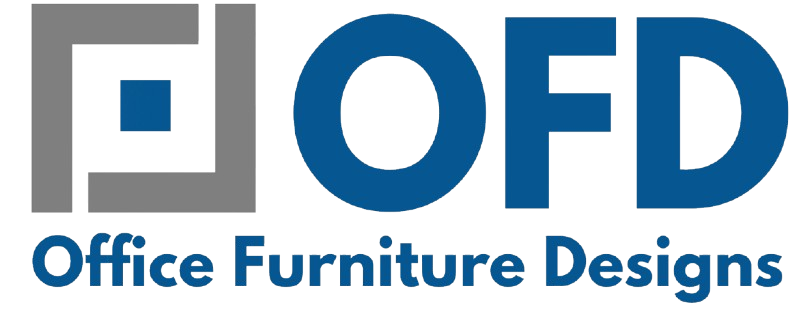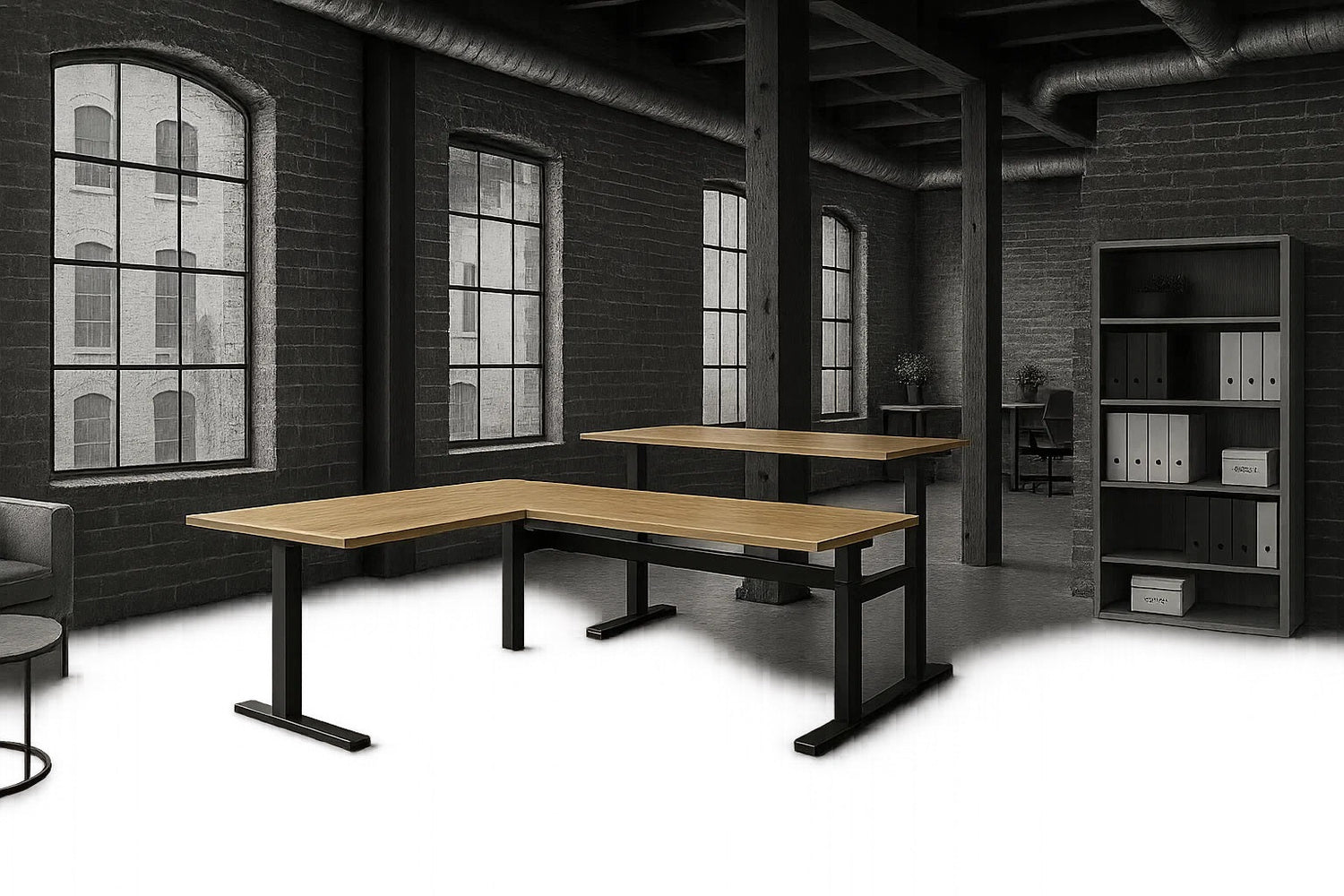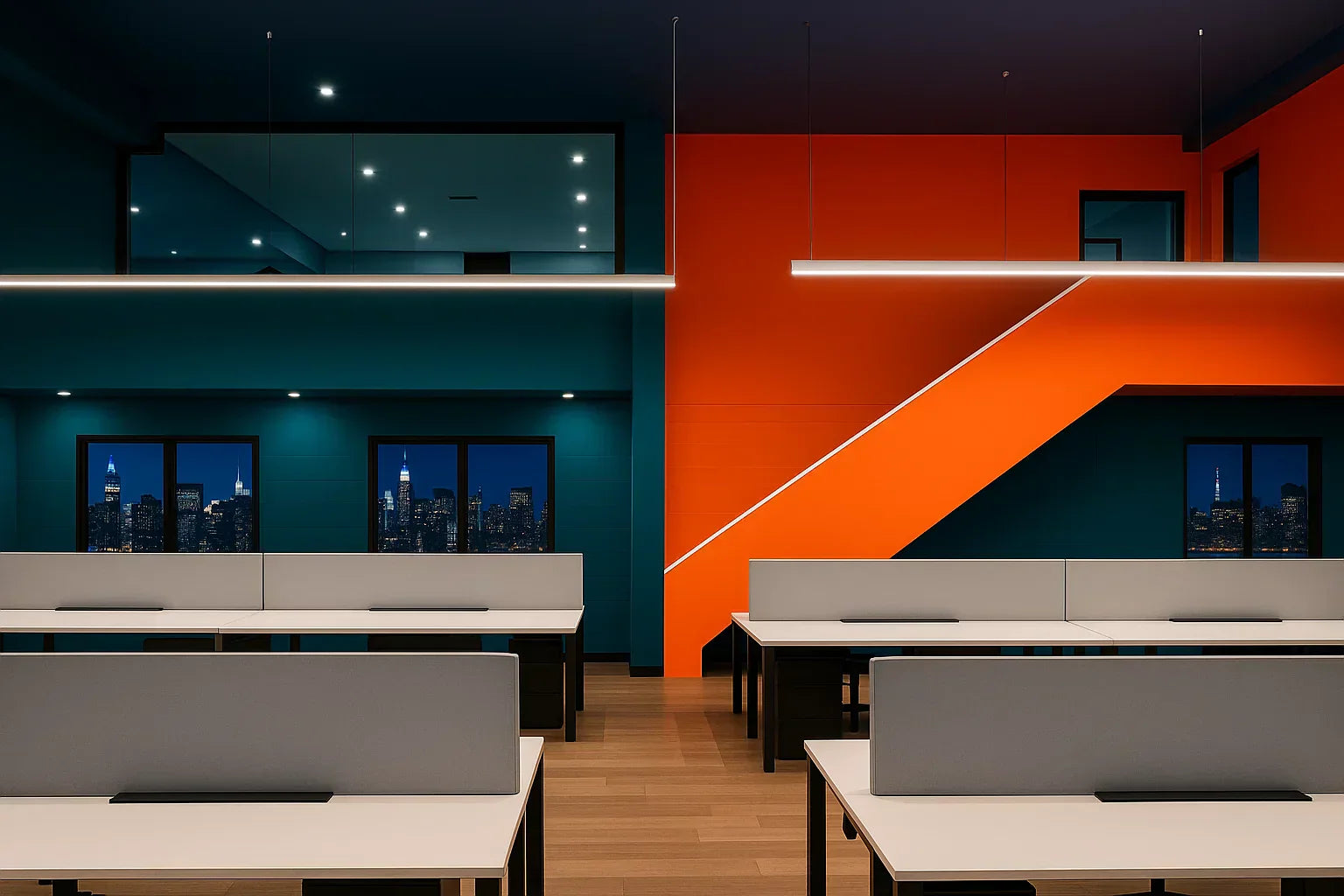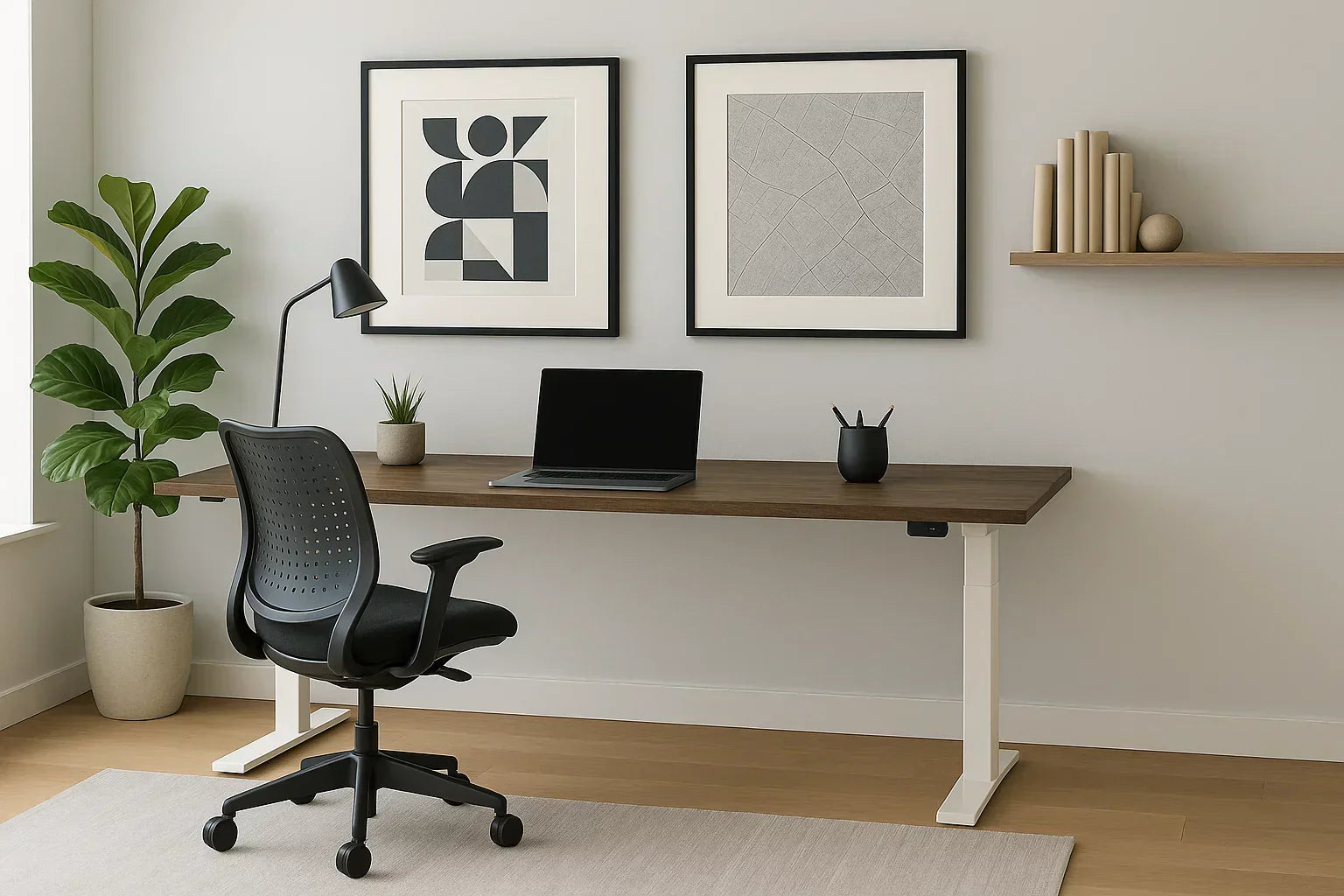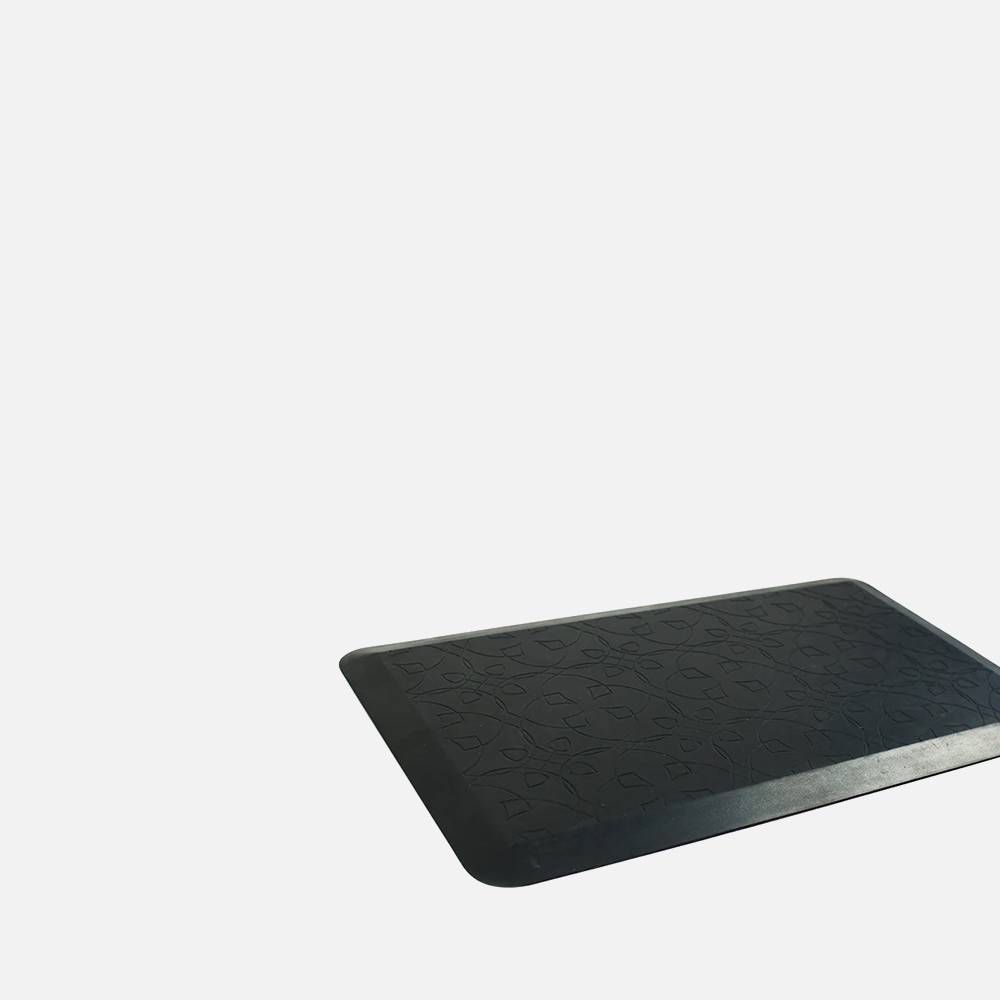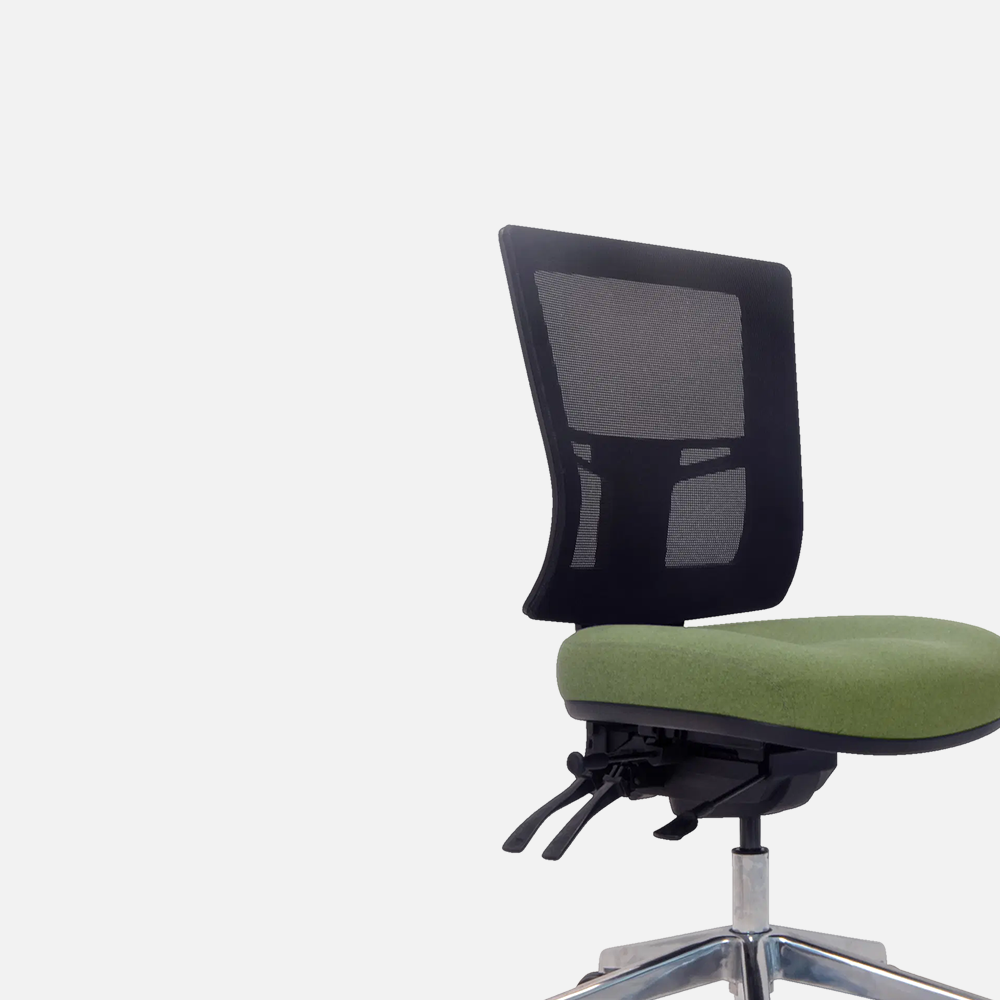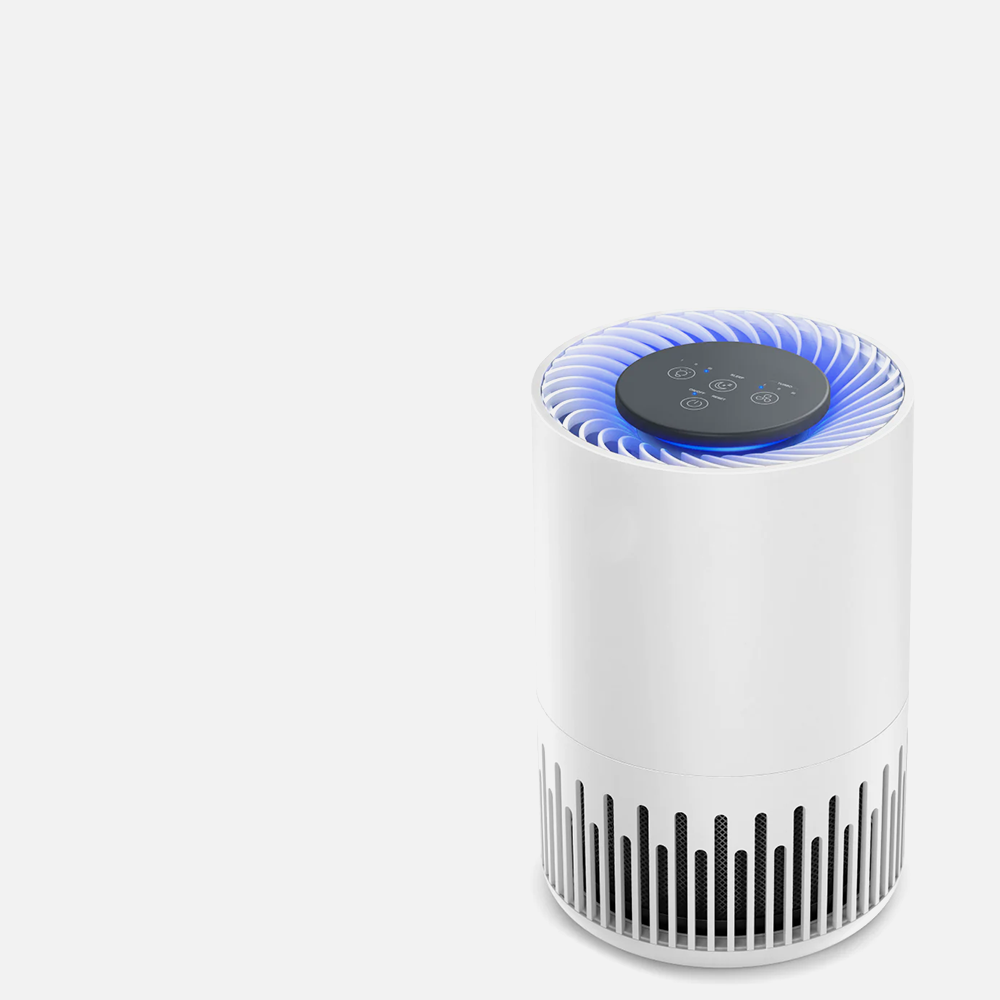The Evolution of Sit-Stand Desks: From Wellness Trend to Workplace Standard
Once seen as a trendy wellness upgrade, sit-stand desks are now a cornerstone of modern workplace design across Australia. What began as a niche product for tech startups and ergonomic enthusiasts has evolved into a widely adopted standard in both public and private sectors. From government offices to remote home studios, these desks now symbolise flexibility, innovation, and health-conscious leadership.
This article traces the evolution of sit-stand desks—from their origins as a novel solution to sedentary work habits, to their current status as an essential tool for optimised productivity and team wellbeing.
From Fringe to Frontline: The Rise of the Standing Desk
Just a decade ago, standing desks were rare in Australian offices. Early adopters—often from the tech or design industries—chose them out of personal ergonomic necessity or alignment with progressive workplace values. At the time, these desks were typically expensive, limited in design, and misunderstood by mainstream office culture.
But the tide turned quickly. Mounting scientific evidence linking prolonged sitting to cardiovascular disease, musculoskeletal disorders, weight gain, and even early mortality caught the attention of HR teams, workplace strategists, and policymakers. Employees too began advocating for healthier setups, influenced by wellness trends and remote work challenges.
The introduction of electric height-adjustable desks—compact, customisable, and increasingly affordable—further removed entry barriers. Suddenly, standing desks weren't just a Silicon Valley novelty; they became a practical solution for everyone, from frontline staff to C-level executives.
Why Sit-Stand Desks Became Mainstream
- Occupational Health Awareness: Growing awareness of the health risks associated with prolonged sitting reshaped organisational priorities.
- Performance Pressures: Studies showed measurable improvements in focus, alertness, and emotional regulation with movement-based work routines.
- Workplace Flexibility: As hybrid models evolved post-pandemic, sit-stand desks offered versatility across both home and office settings.
- Improved Design Aesthetics: Sleek, neutral designs allowed these desks to blend effortlessly with modern Australian interiors.
- Procurement Policies: Many public and education sector organisations incorporated sit-stand desks into their wellness frameworks.
Changing Employee Expectations
Today’s workers want more than an internet connection and swivel chair. Employees now expect office spaces that prioritise both mental and physical health, and that align with broader cultural values like sustainability, accessibility, and flexibility.
By offering height-adjustable desks, employers are sending a clear message:
- “We care about your long-term wellbeing.”
- “We support productivity without compromising health.”
- “We’re ready to evolve with changing workplace norms.”
Merging Design with Function
Modern height-adjustable desks aren’t just functional—they’re visually appealing and engineered for daily use. Key features that support both performance and style include:
- Dual-motor electric lift systems for smooth transitions
- Timber or laminate desktop finishes to match corporate aesthetics
- Programmable memory controls for easy adjustments
- Integrated USB and power ports for device charging
- Under-desk cable management for a clutter-free environment
To ensure optimal comfort and safety, refer to WorkSafe Queensland’s guide to setting up your computer workstation.
Industry Case Studies Across Australia
- Tech Startup (Melbourne): Productivity increased by 20%, with better afternoon energy levels and reduced post-lunch slumps.
- Government Office (Canberra): Fewer reports of musculoskeletal strain and increased job satisfaction post installation.
- Marketing Firm (Sydney): Improved collaboration and a 15% rise in project throughput.
Sit-Stand Desks as a Business Strategy
Still on the fence about upgrading every desk? Consider the long-term business case:
- Lower absenteeism and compensation costs
- Enhanced staff retention and recruitment
- Increased productivity
- Improved ESG alignment
What’s Next for 2025 and Beyond?
- AI-driven adjustability: Smart desks that learn user preferences
- Shared desk solutions: Adaptable presets for hybrid teams
- Sustainable innovation: Bamboo, recycled steel, modular parts
- Remote-friendly mobility: Lightweight, foldable models
Final Thoughts
From boutique experiment to boardroom standard, sit-stand desks have cemented their role in the evolution of workspaces across Australia. They reflect a growing recognition that wellbeing, adaptability, and innovation are not mutually exclusive—they are interdependent.
If you’re ready to modernise your space, support your teams, and align with next-gen workplace trends, the time to invest is now.
